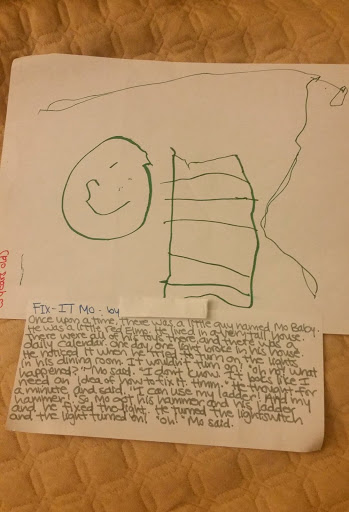Hello readers! I've been a bit behind with writing up blog posts these past 2 weeks, but we have a really special treat for you this week! My dear friend Jamie, who is also a mother of 2 and an elementary educator, agreed to be a guest blogger to share some wonderful, accessible ideas for all of you! Hope you're all encouraged by her creativity and resourcefulness to use things at home for play and learning 😀
- - - - - - - - - - - - - - - -
Hello! Jamie here, guest blogging this week to share some easy play ideas for your little one that’s: 1) Free 2) Easy to set up and clean up and 3) Open ended. Open ended meaning the “toy” can be used in multiple ways, leaving it up to the child to decide how to play.
These three qualifications are important because this pandemic has, if anything, heightened the imbalances and inequities of time, energy and resources for parents. Amiright? Flashback to when Justin Timberlake complained he had it rough when he fled to his multi million dollar home in Montana with his family and parents around the world rolled their eyes at him.
Idea 1: Pillow tower
My son M one day decided to collect all the couch cushions around our home and build towers with them. Each pillow is of varying sizes, plumness and flatness. It was fun to watch him solve which pillow worked best as a foundation and which didn’t. He quickly learned that using the cylinder cushion was a bad idea. The best part of this activity for him was jumping on the tower as it fell down. He did this all. Day. Long. The best part for me was how tired he was by bedtime. Win win.
Idea 2: Playing with loose parts
M is a huge fan of loose parts play. Loose parts are defined as “Materials that can be moved, carried, combined, redesigned, lined up, and taken apart and put back together in multiple ways. Loose parts can be used alone or combined with other materials. There is no set of specific directions for materials that are considered loose parts. The child is the direction.” (Penn state, Early learning Extension)
M almost always plays longer, more independently and more imaginatively with open ended loose parts than with expensive, fancy toys (Unless they are trucks. Trucks will always win in his mind.) There are some gorgeous, wooden loose parts sets out there. I particularly love anything that Grapat makes, but they are super pricey. These fancy loose parts are wonderful, but I personally think the best loose parts can be anything around the home-collections of buttons, shells, cut up straws, marbles. M and I love collecting loose parts in nature on our walks-rocks, acorns, leaves, etc..
Today M played with a collection of extra sponges that I had. Here’s a quick summary of the evolution of his play:
He first used them as bricks to build a building
Then they became cakes that he served to me.
Then they were stones to build a road.
Lastly he used these sponges later to “wash” his muddy trucks in his sensory bin.
That’s a lot of mileage for some sponges just laying around the house!
Idea 3: Upcycling
Upcycling is very near and dear to my heart because 1) I’m Asian. I hate waste. 2) I’m an early educator. Every elementary school teacher has a collection of recyclables that they’re saving for an exciting project. 3) I love the challenge of trying to figure how to reuse items. A huge shout out to my husband Rob who puts up with my growing recyclables collection.
A few days ago, I saved our yogurt containers from Trader Joes (I love the design on these!) and laid them out on the table before I went to bed. The next morning M immediately went to the yogurt containers and began to pretend to serve them to Raffi his lovey. Then he made a structure for his monster trucks to jump over.
I’d love to hear if your child loves playing with garbage as much as mine. Give it a try-wash out the recyclables, put it on a confined play like a tray, bin or crate and see what happens and how your child will use it. You might be surprise. :) Thanks for reading!
- - - - - - - - - - - - - - - -
Jamie is currently a literacy consultant for early educators and a former 1st, 2nd, 3rd grade teacher. She’s a mom of two-Momo(3) and Ella (3 months).











